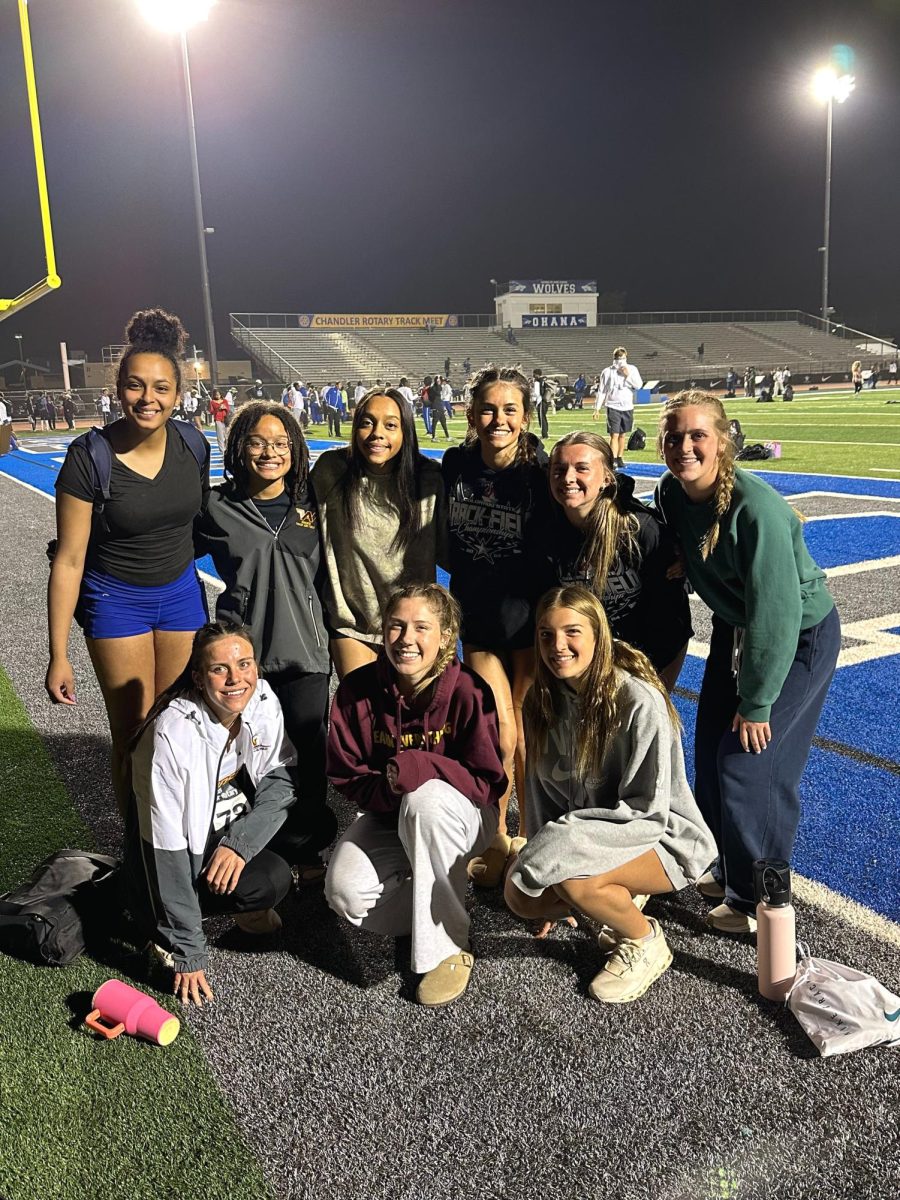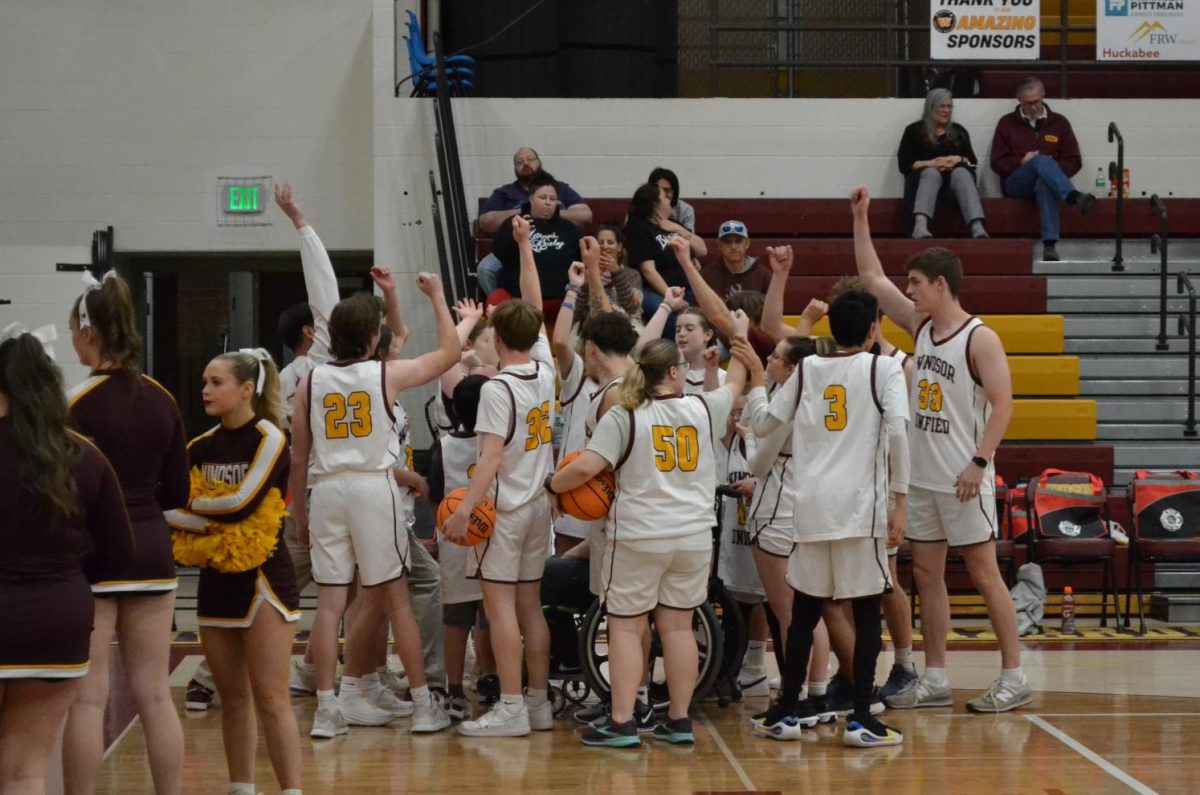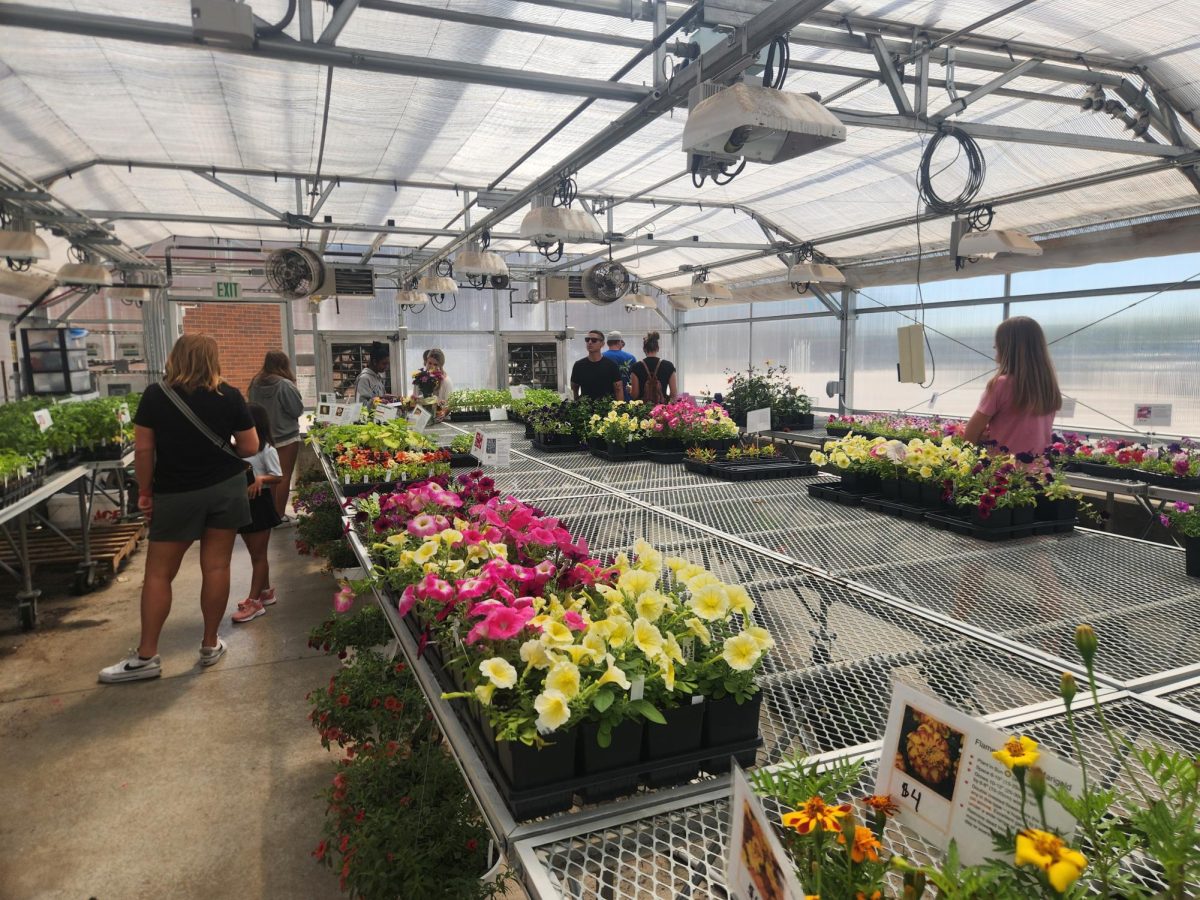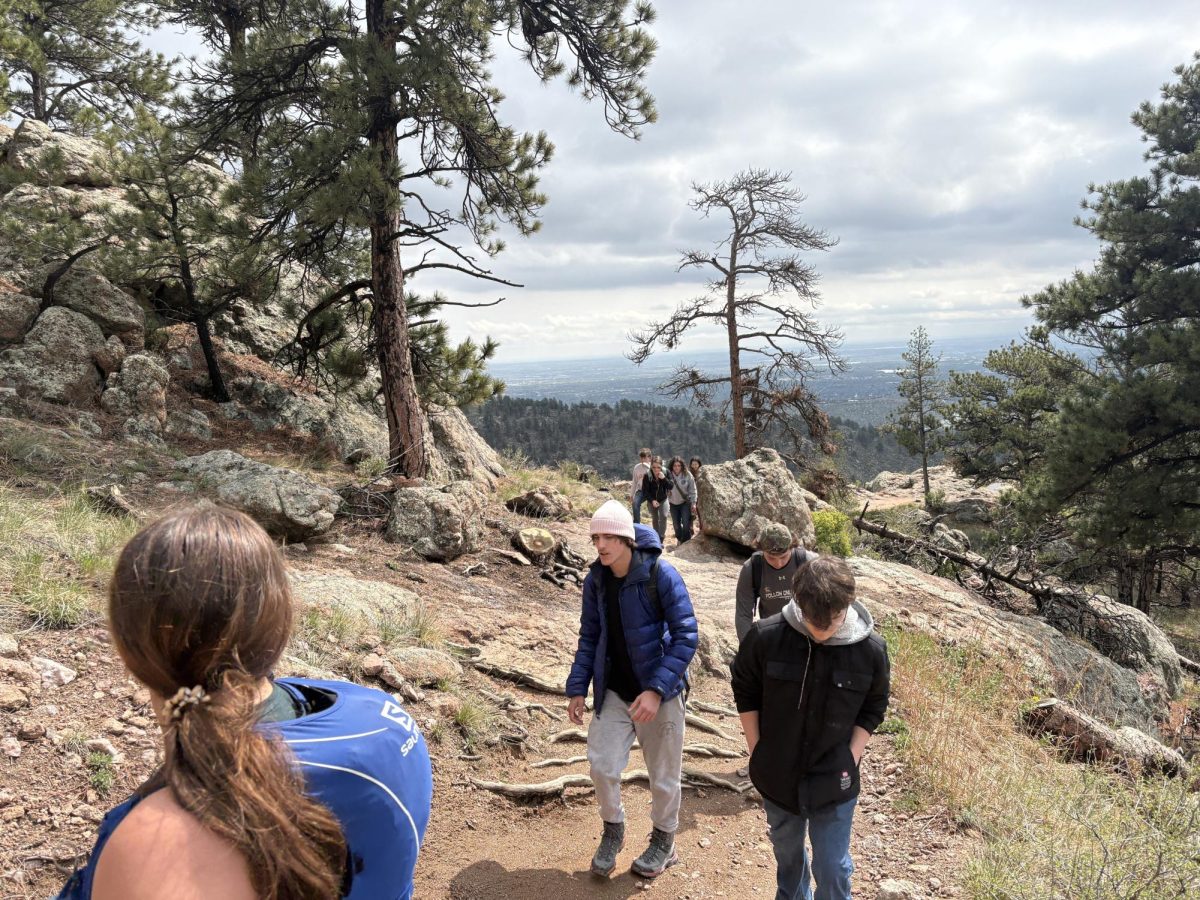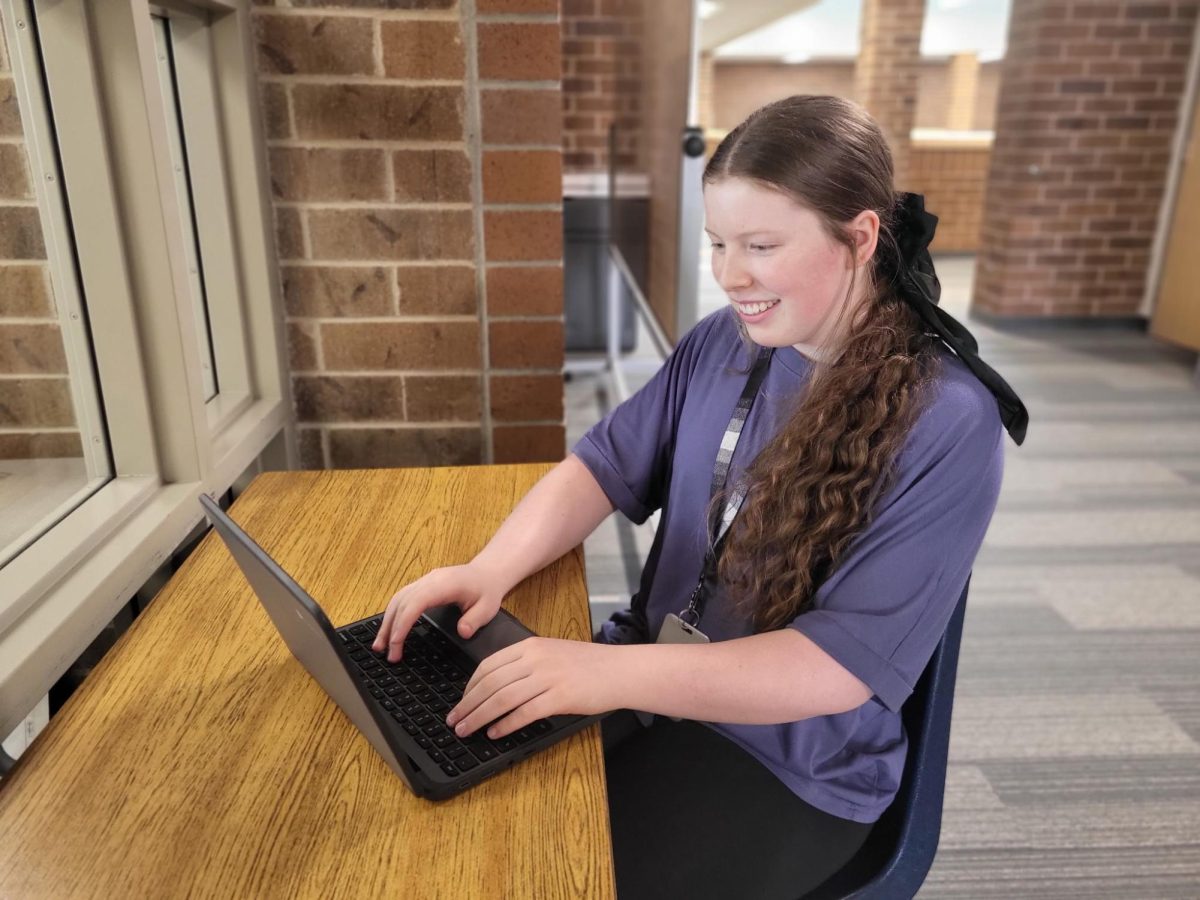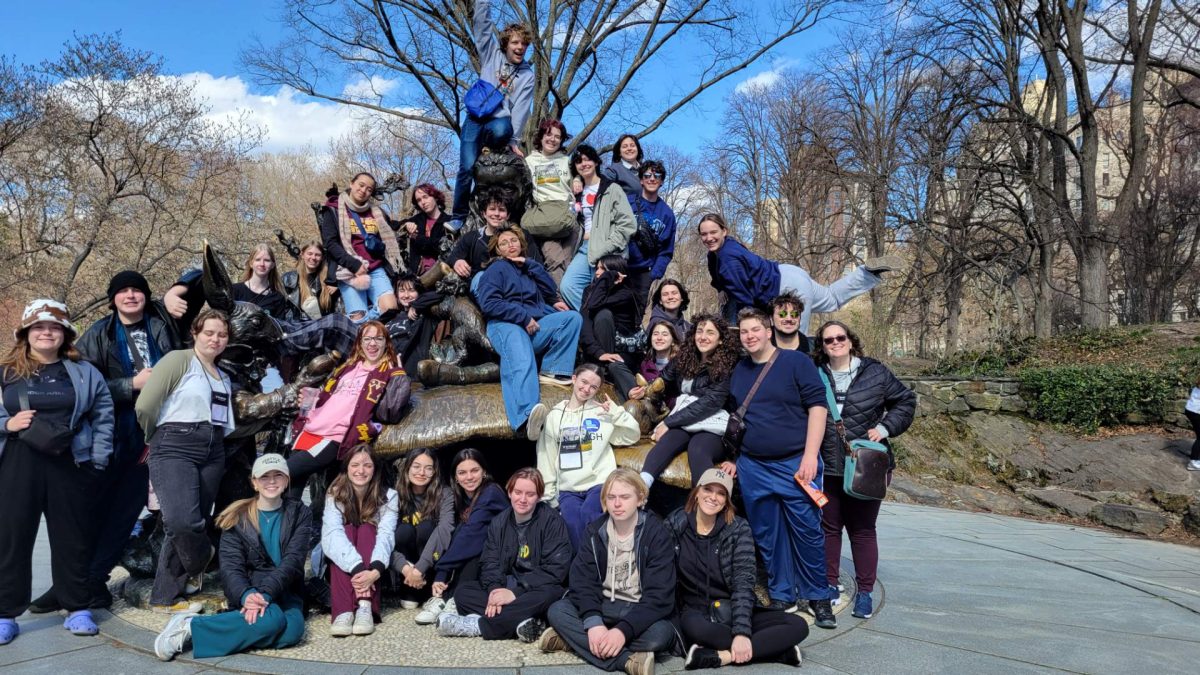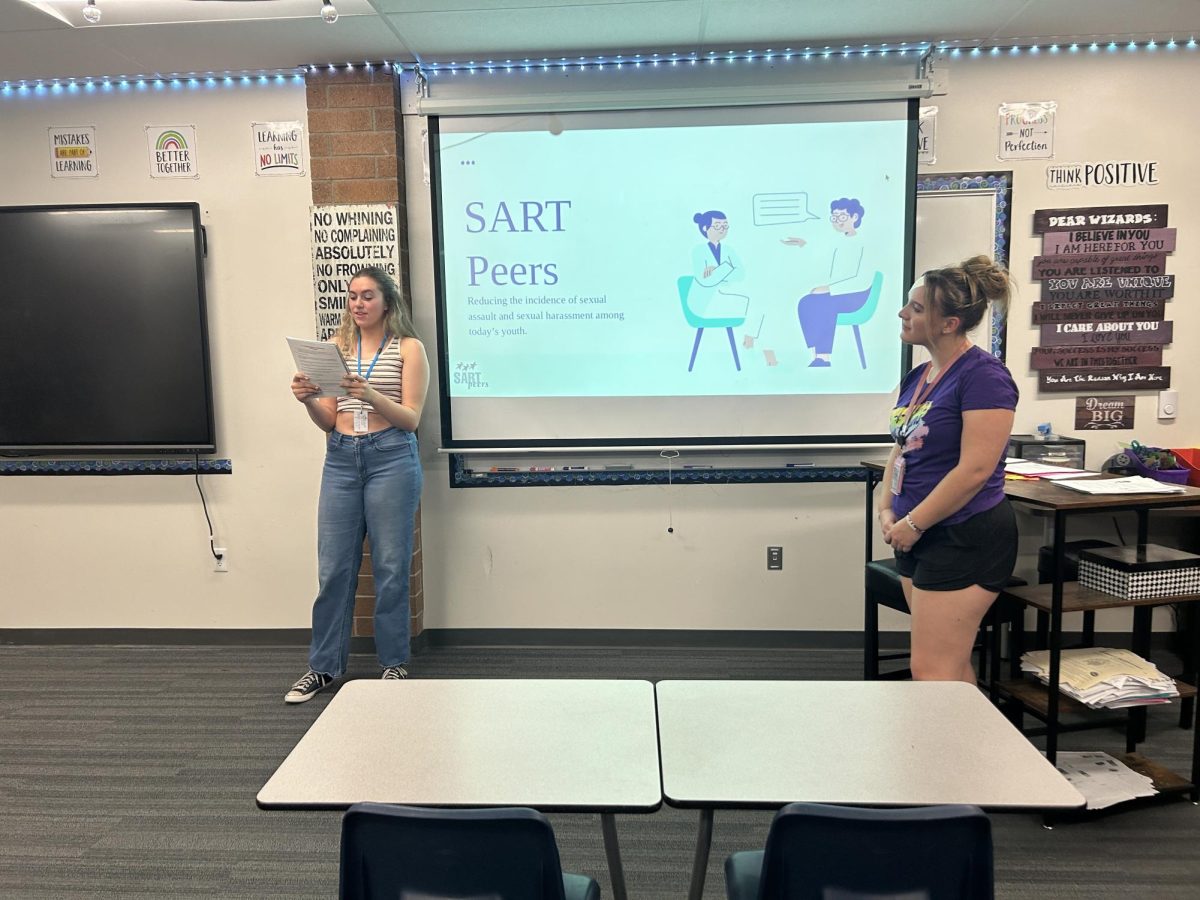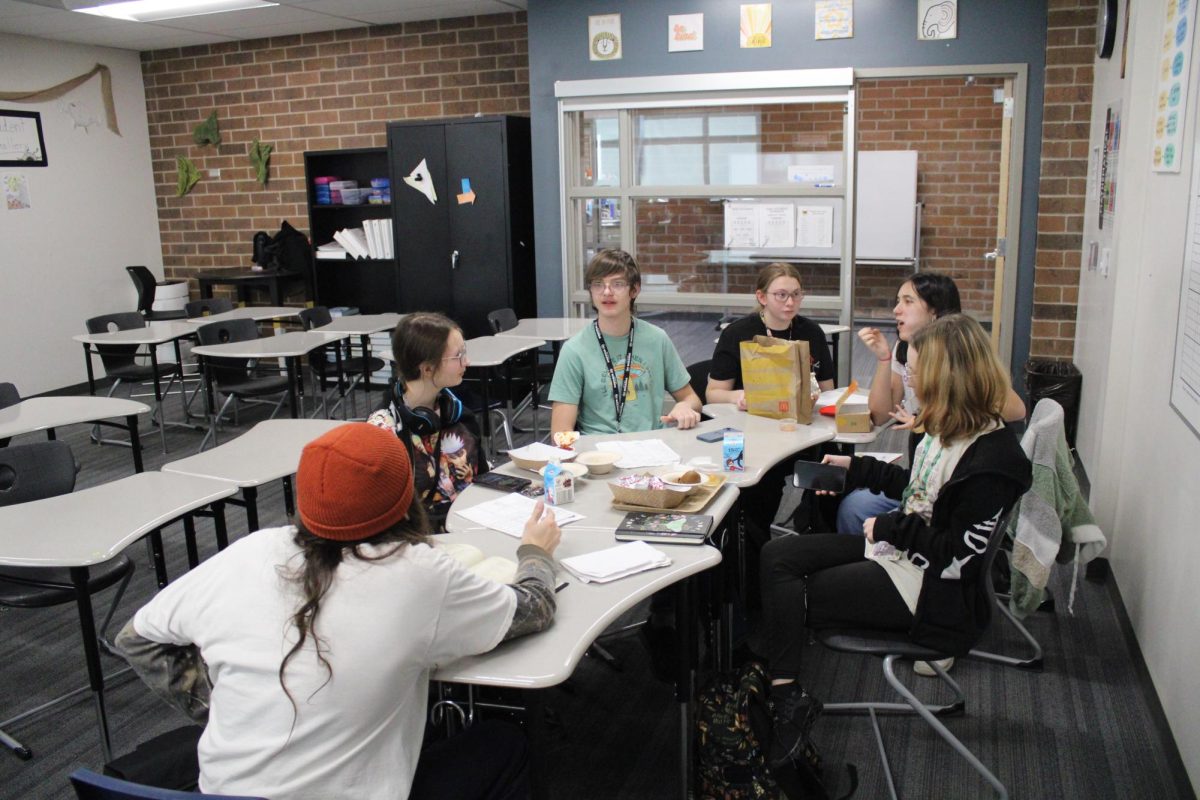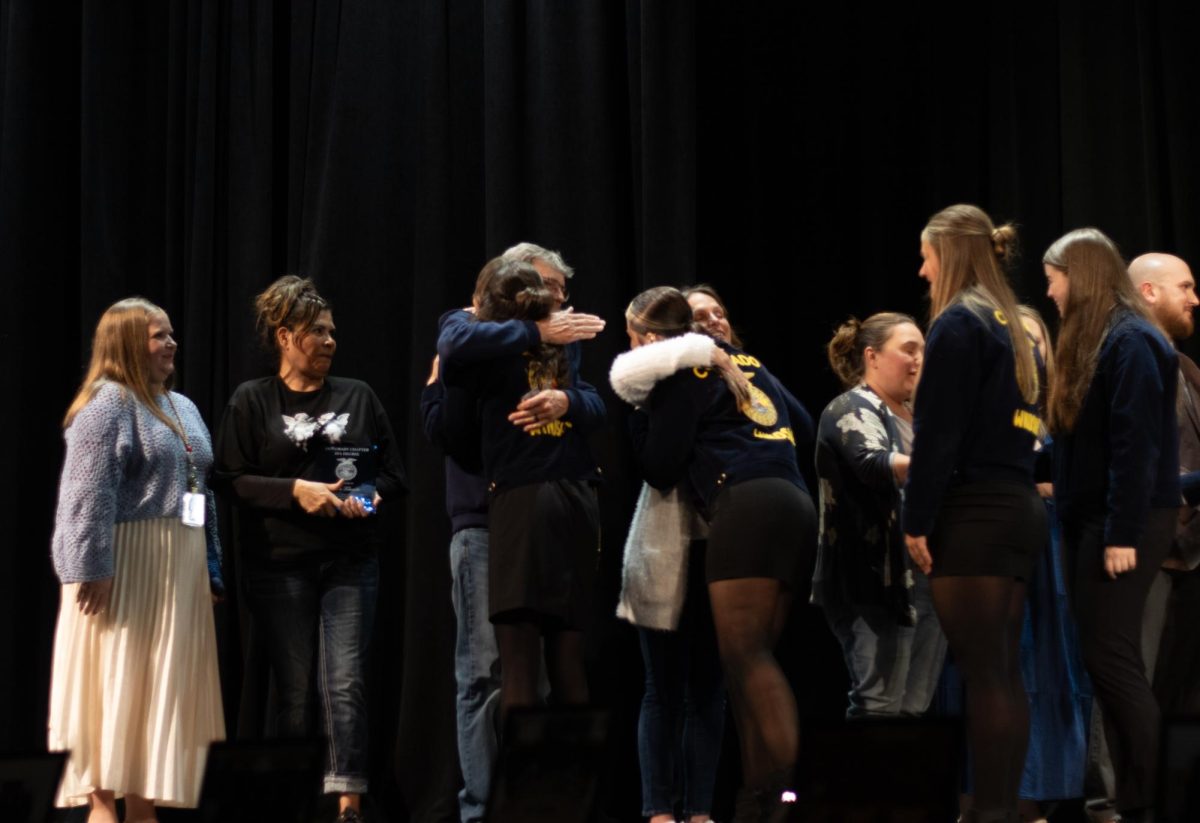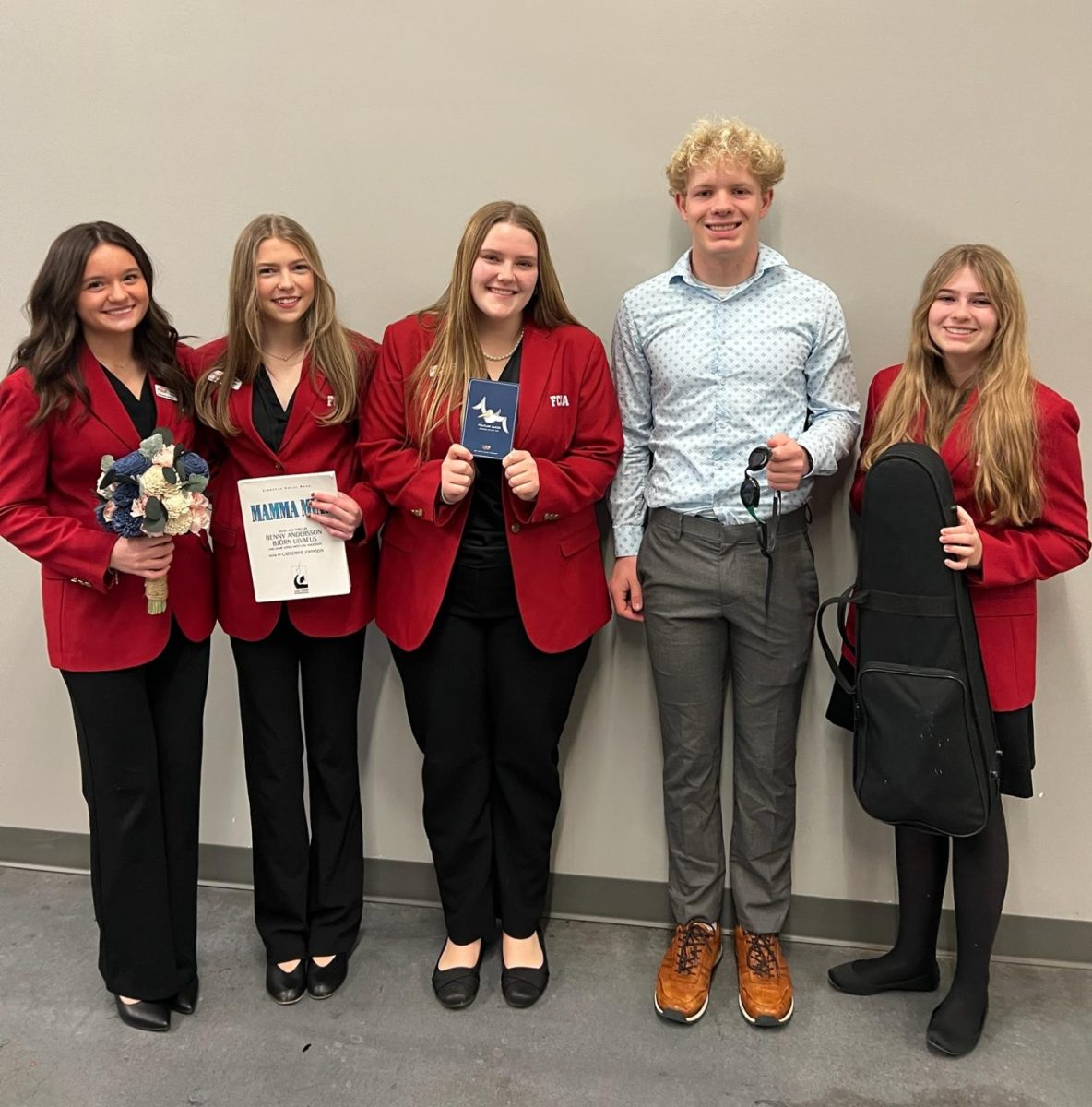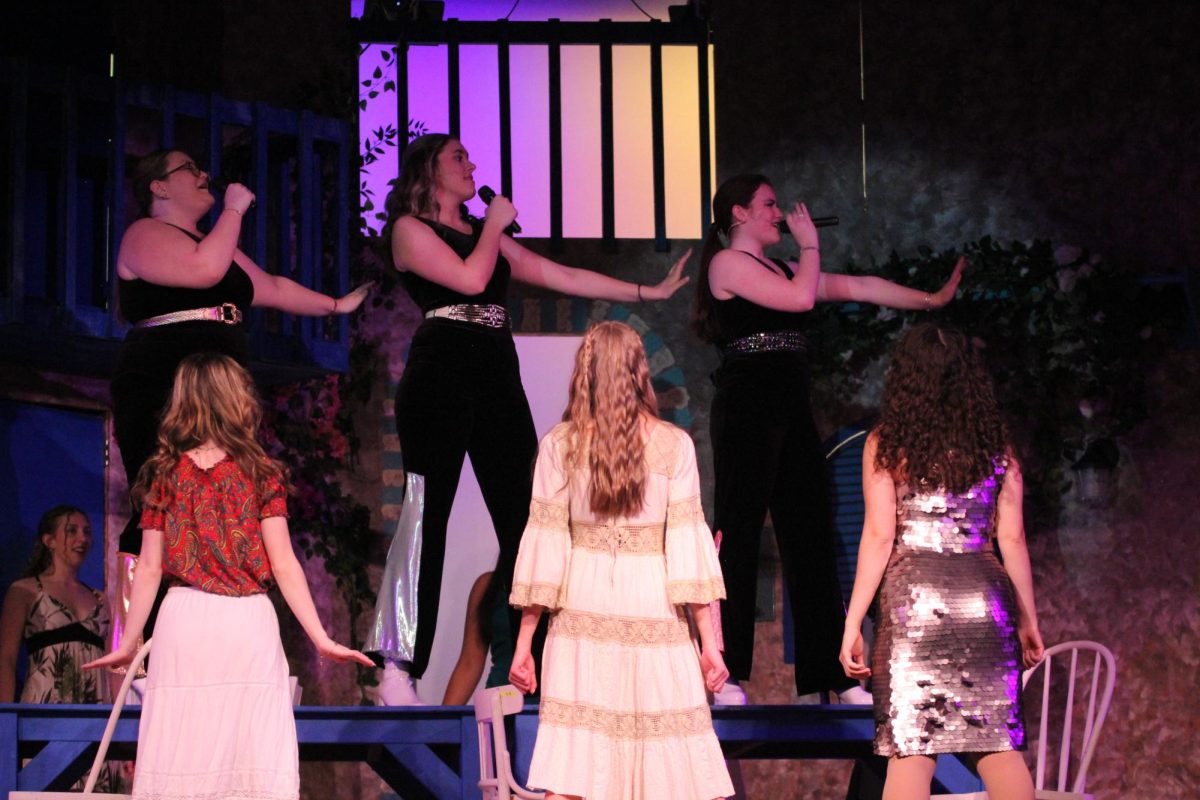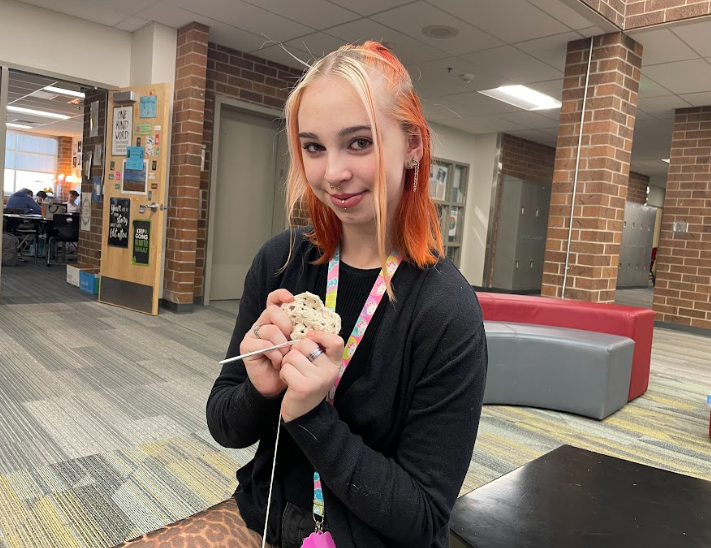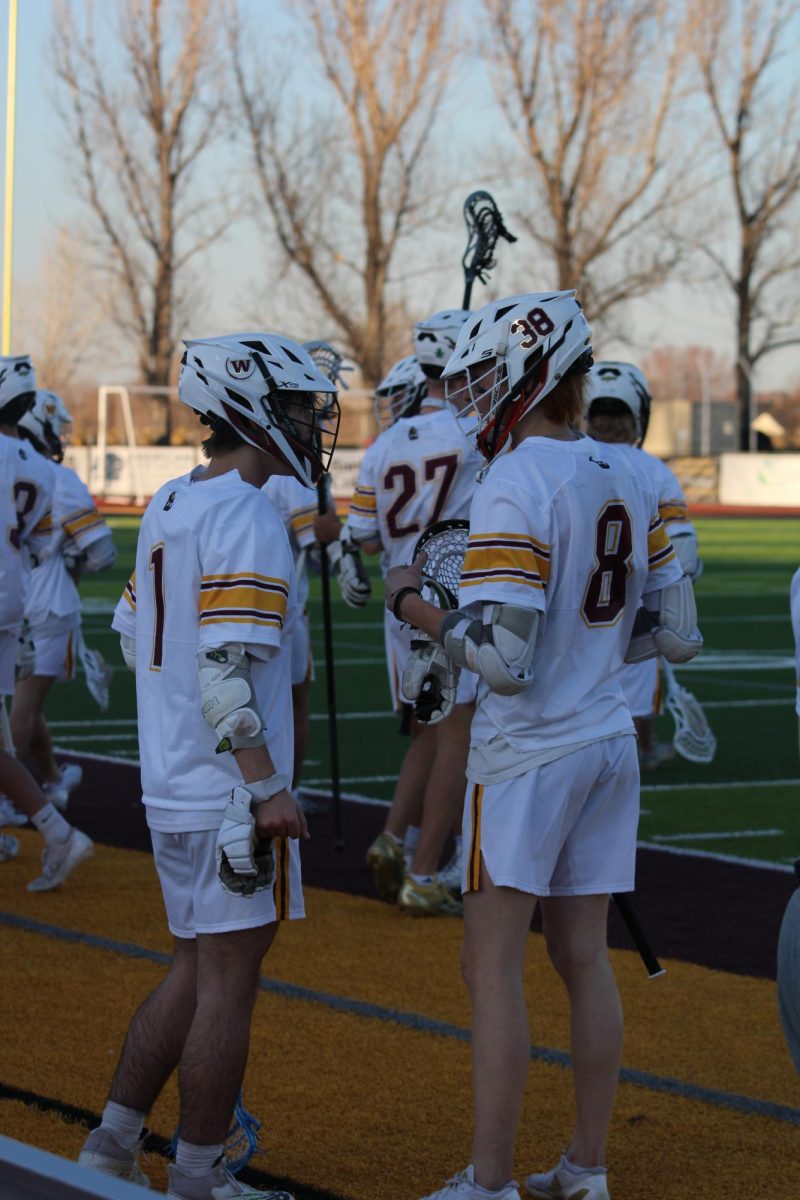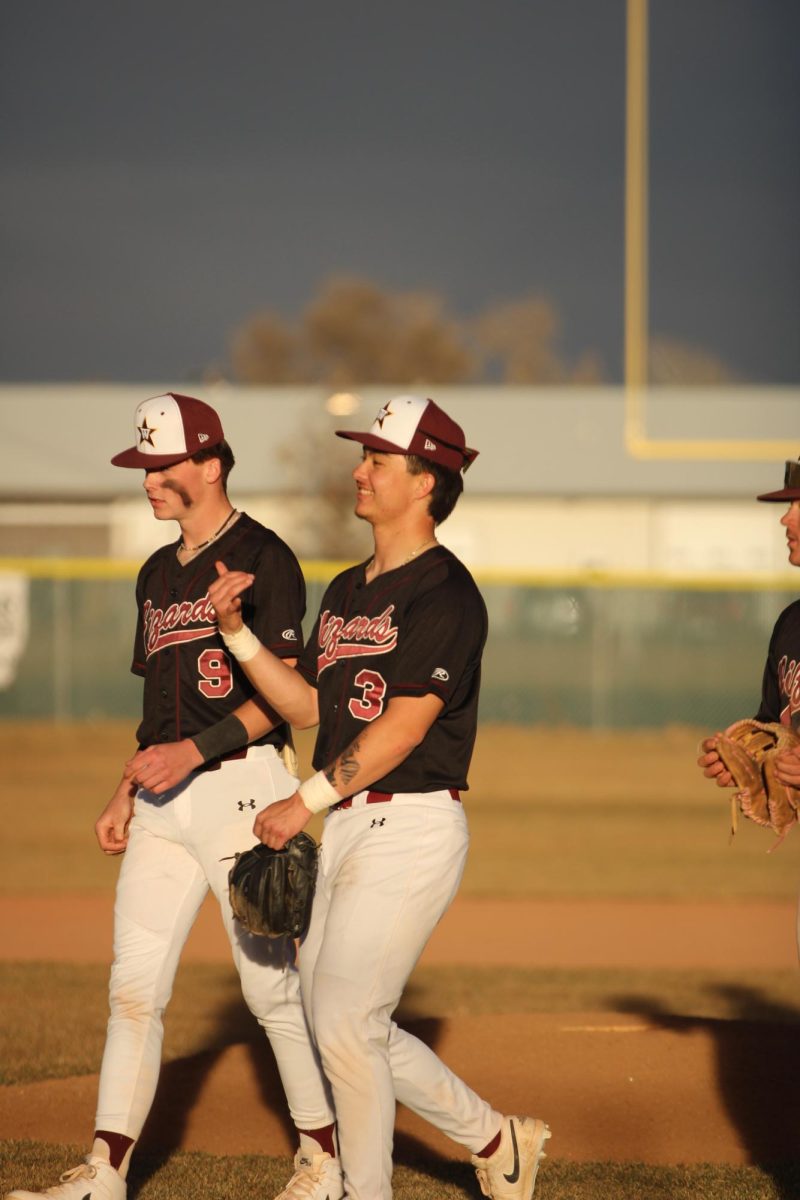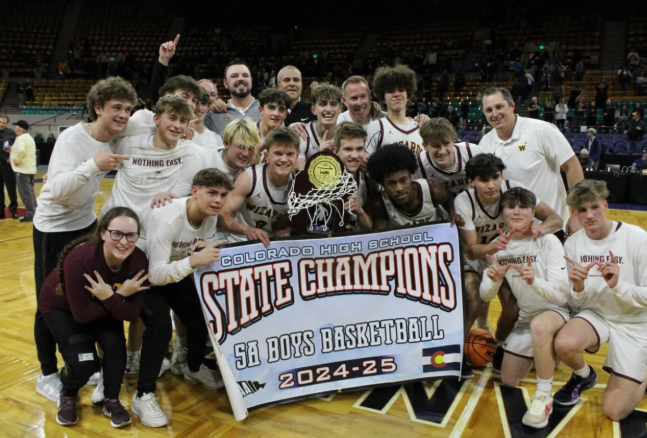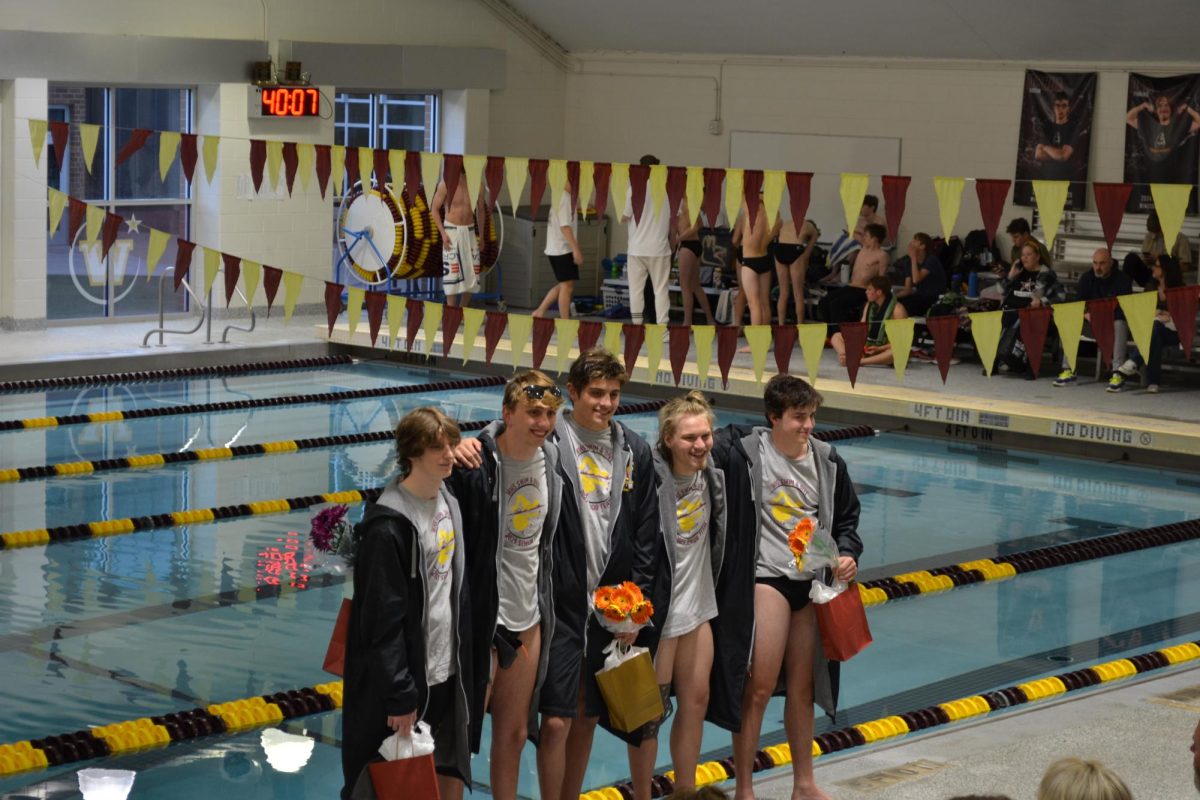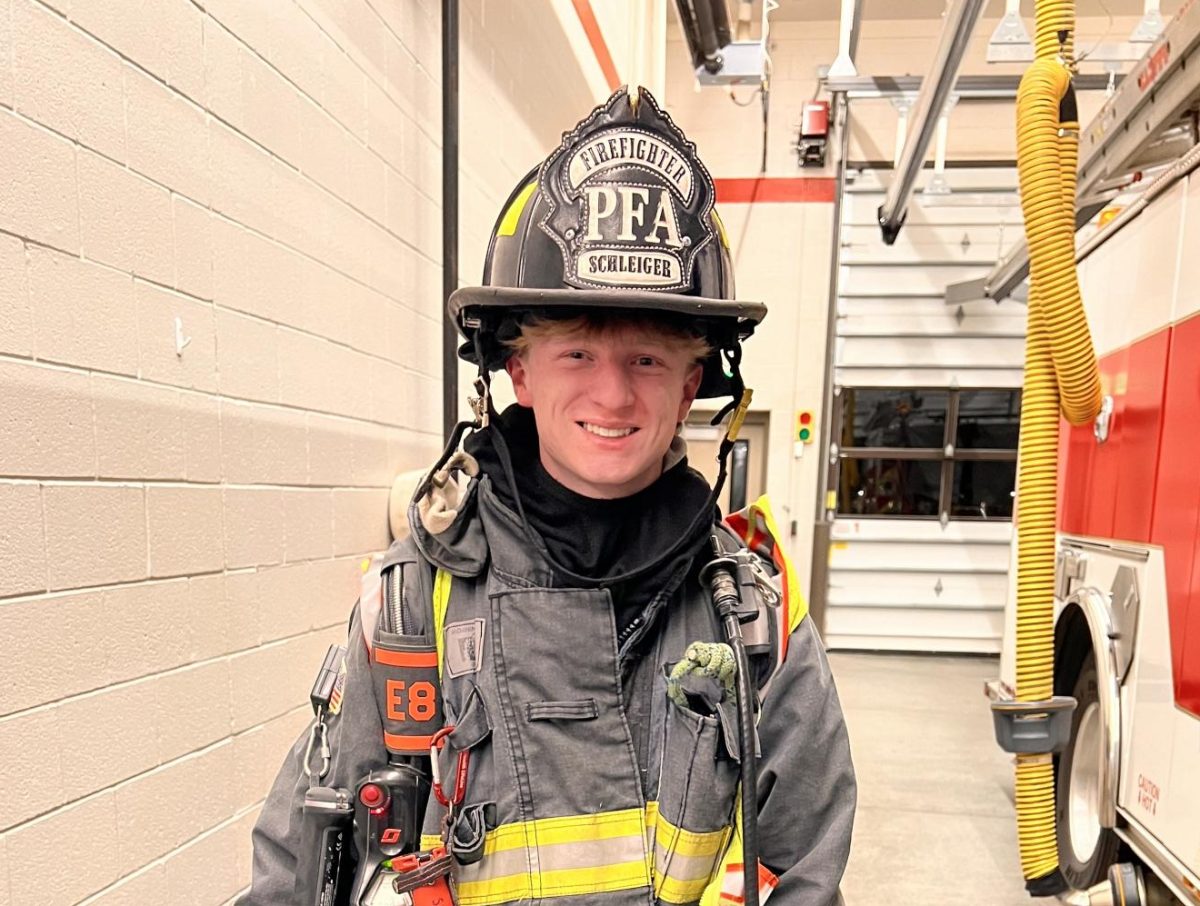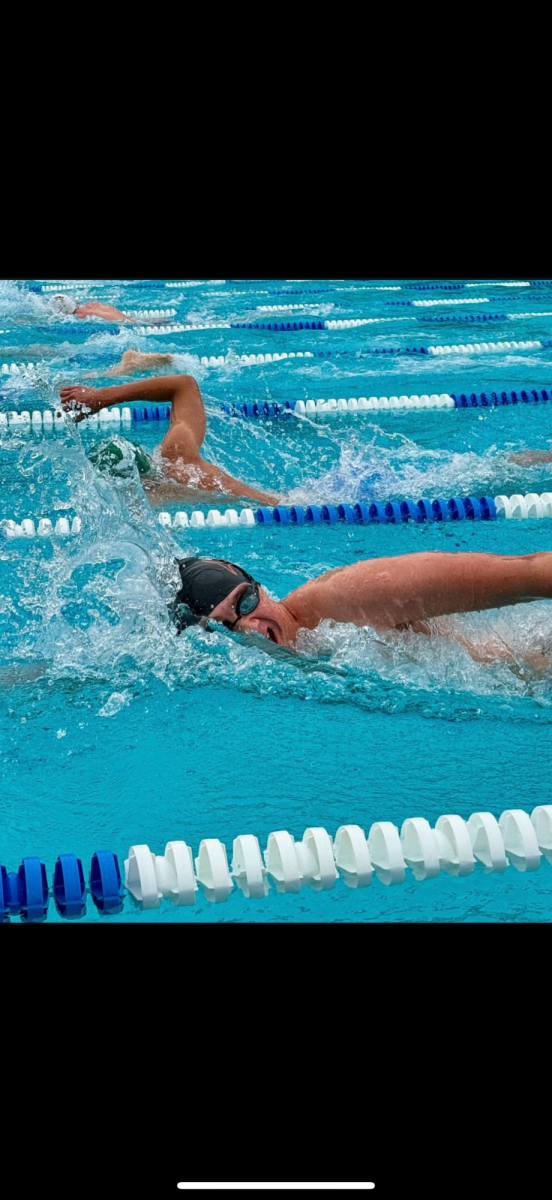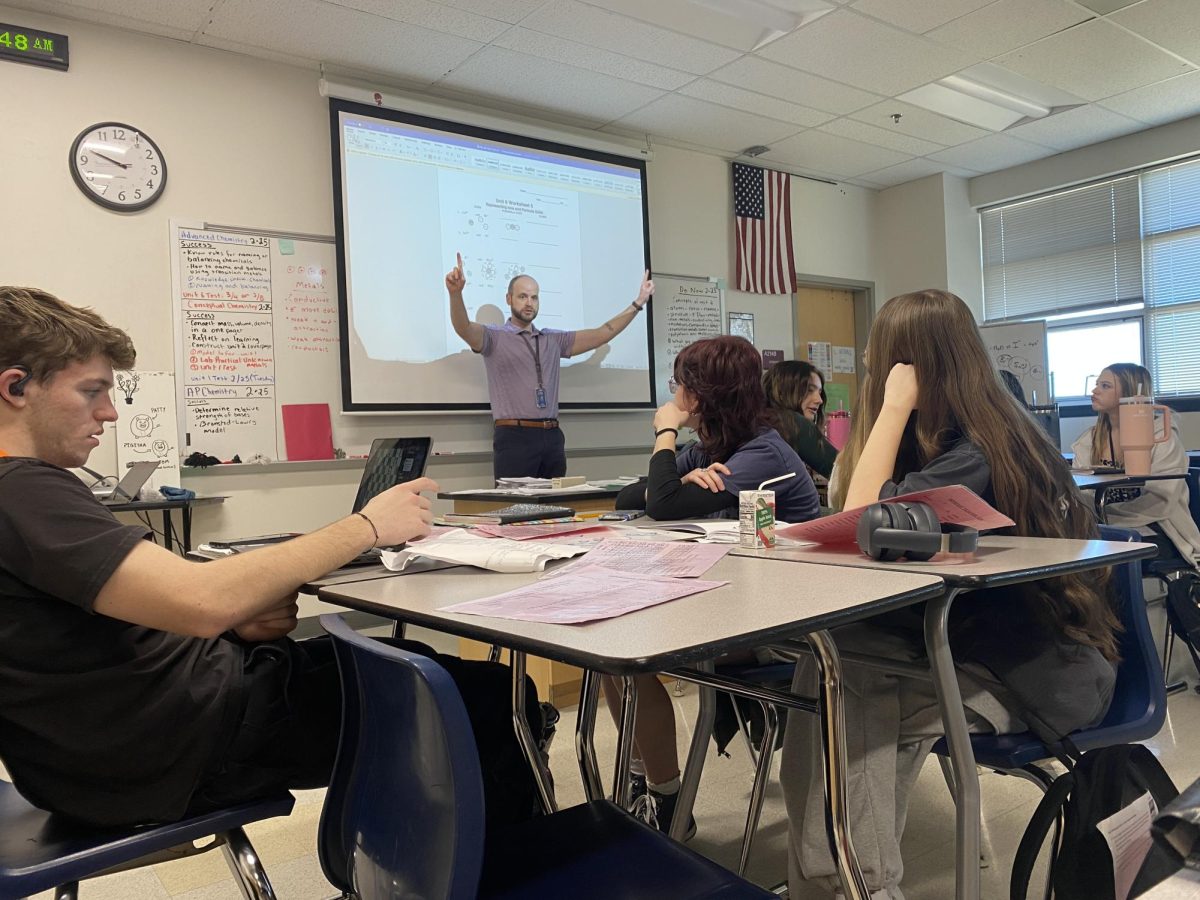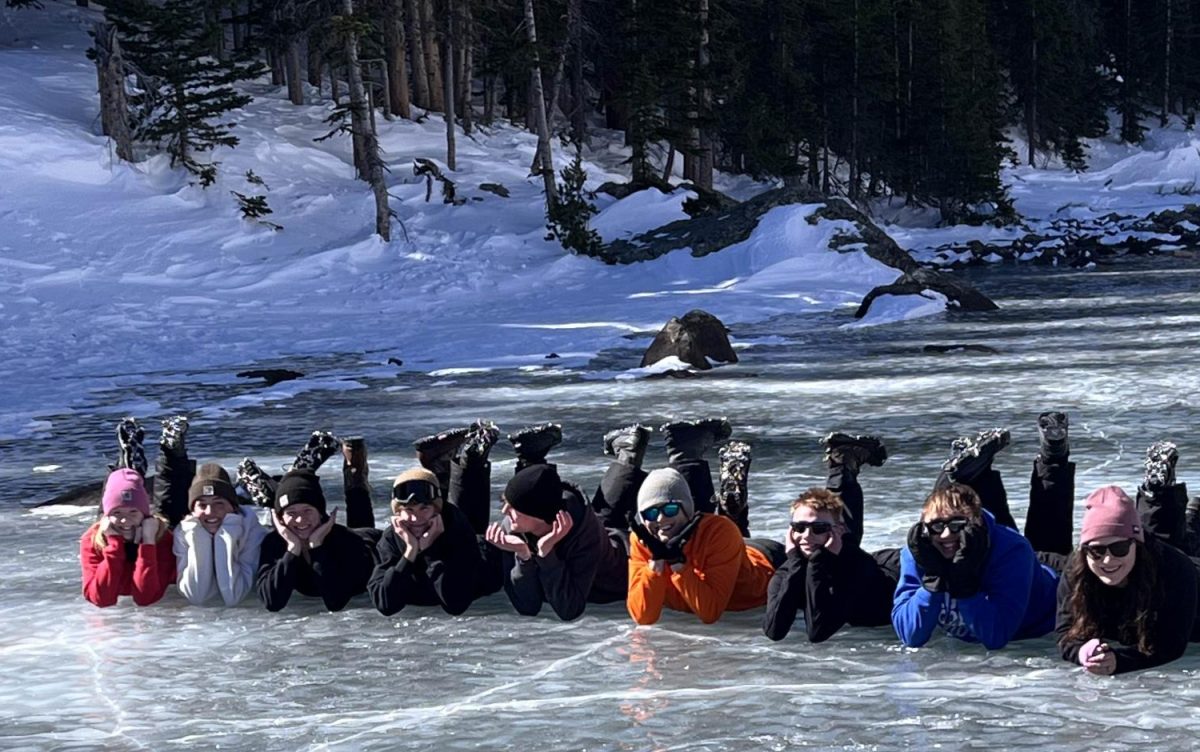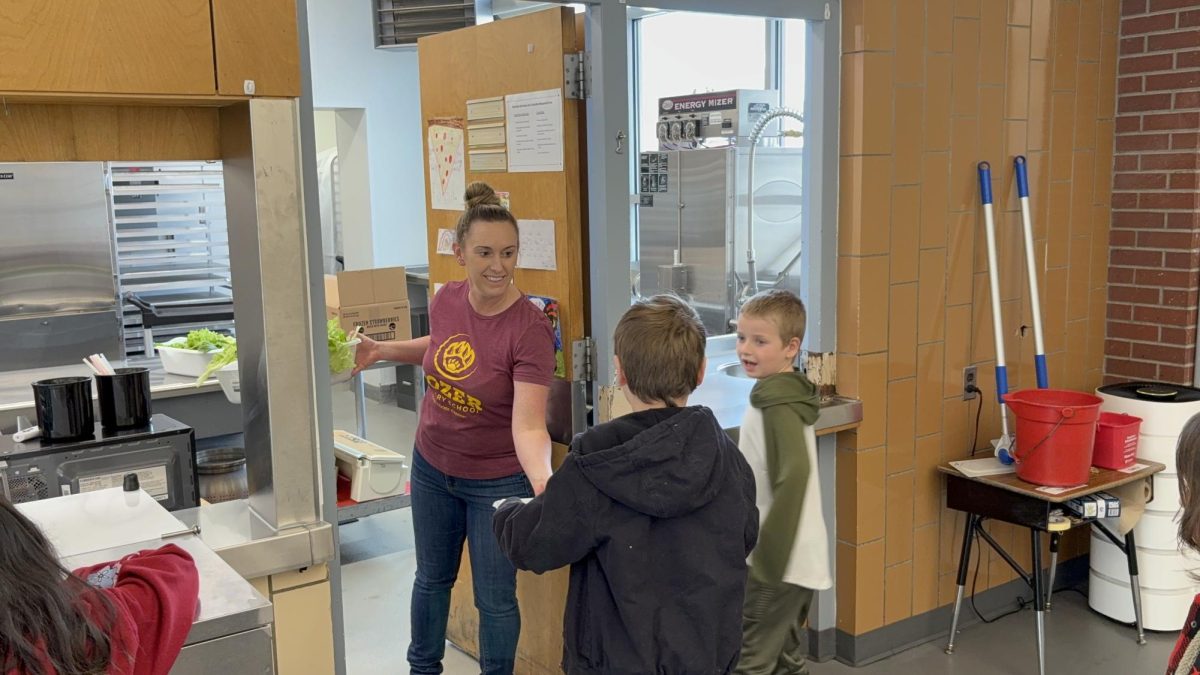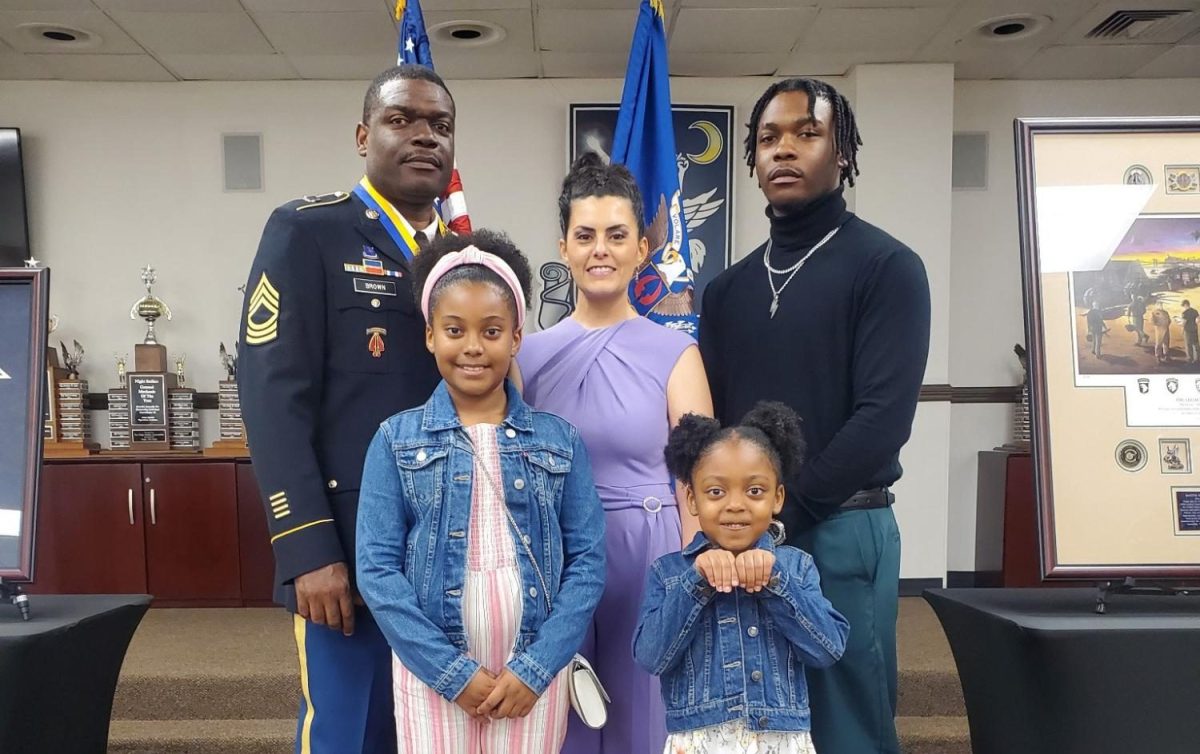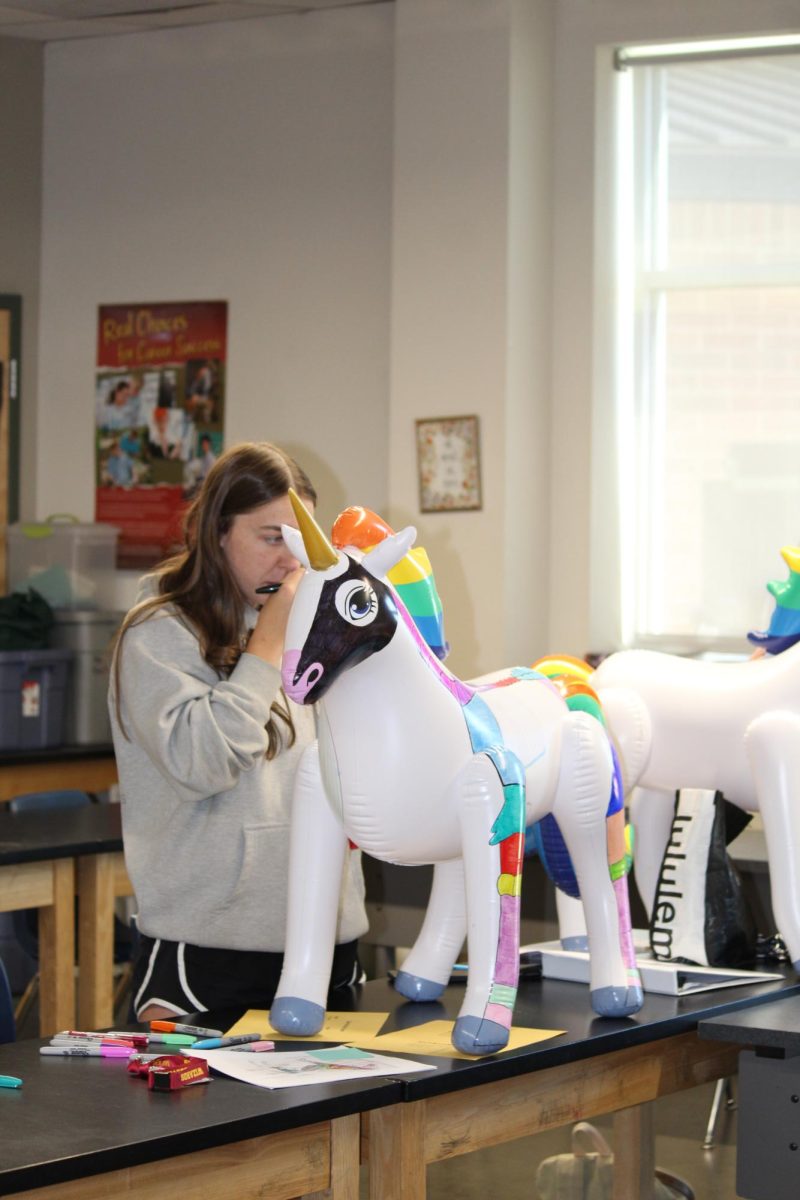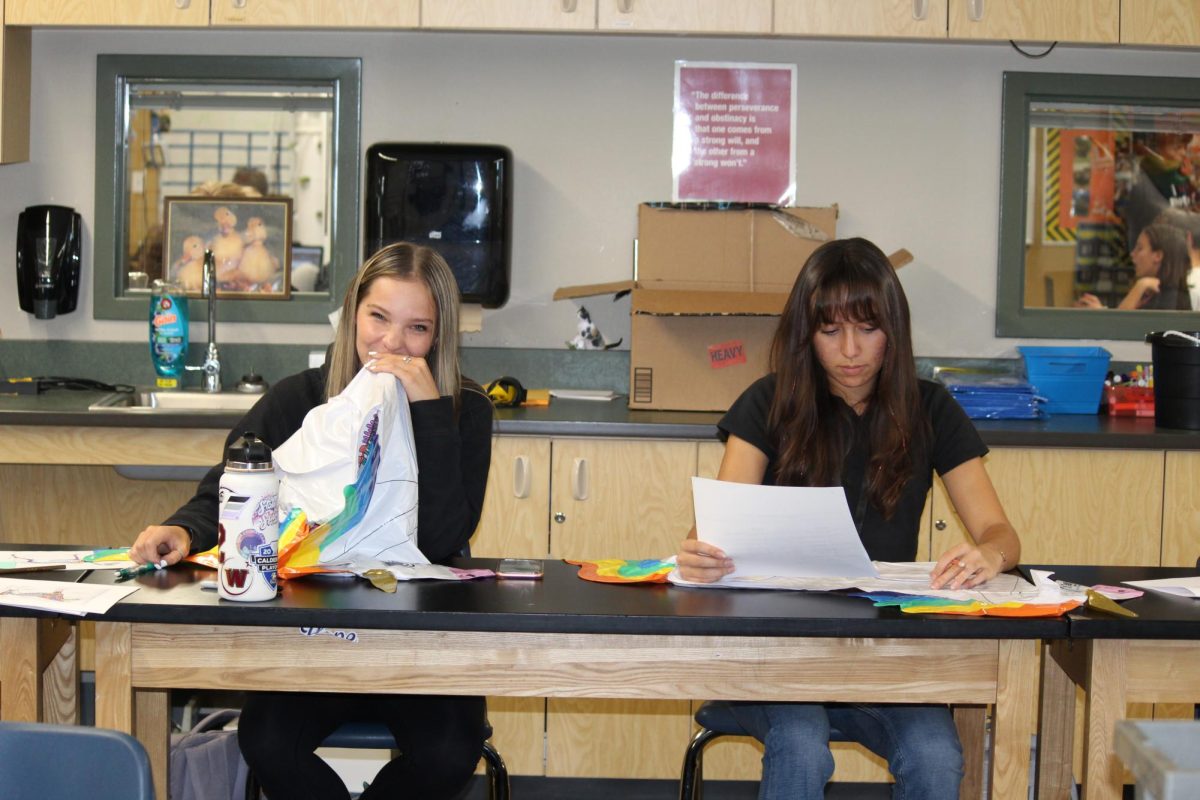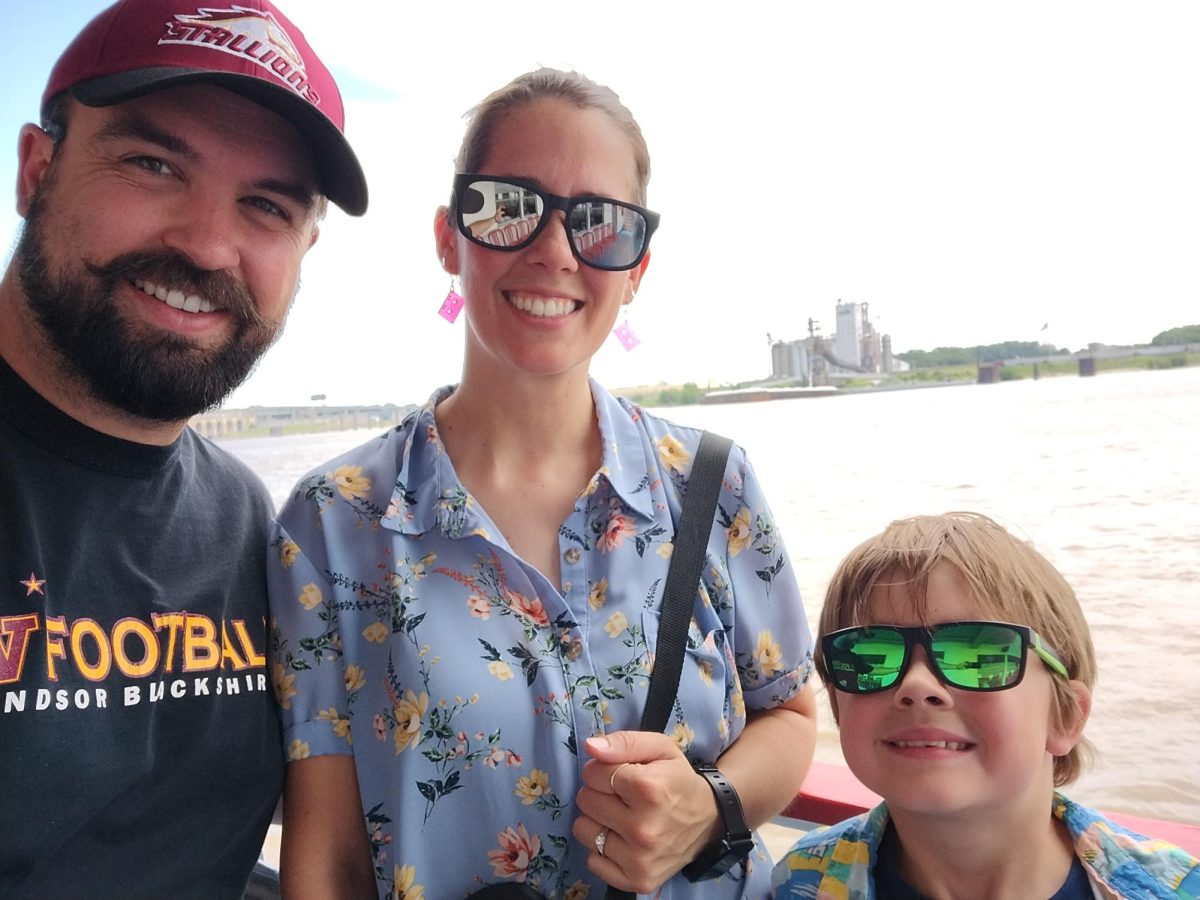Windsor High School has many agricultural classes, but some that have really stood out this year are the vet science classes. These classes are taught by Shannon Baylie (staff), who has made the class as real and interactive as possible for students.
Don’t let the name vet science trick you into thinking that this class is only about being a vet. According to the course description handbook, the class covers the biological processes and physiological systems of livestock and companion animals and helps students know if they want to go into the animal husbandry field.
There are many other jobs in animal husbandry rather than just veterinary studies. Baylie said, “I think that taking a vet science class is important because I bet that 98% of the United States has an animal in their household, whether it is pet or live-stock and that my vet science class allows students to not only understand biology and science of animals but also the basic care and welfare of rasing animals as well.”
The vet class has a lot of different units for the students to interact with, including anatomy, physiology, CPR and first aid for animals. Baylie said, “50% of my class wants to be a vet and then they get into the year and they can’t handle dissection on animals, and I think it’s a really good opportunity for those students to see if they can handle it and if they have what it takes to be a vet.”
This vet class is a great way to find out if a student wants to go into the vet field or animal husbandry. This class allows students to get hands-on experience for projects and other opportunities that will allow them to succeed in the future if they choose to go into anything relating to animals.
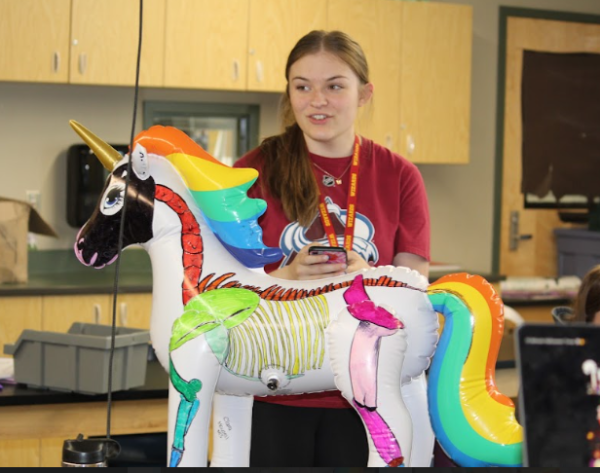
One of Baylie’s fun projects already this year that caught students’ eyes was the unicorn project.
Kylie Becker (10) was one of the students who got the opportunity to be a part of this project. Becker said, “The first thing we did was we got two pictures: one of the skeletal system and the other the muscular system. We had to label and then we got our unicorn and drew on the unicorn the skeletal and muscular systems that we had learned, and I think it was positive. I think it was good to learn the different bones and muscles.”
Baylie said knowing the skeletal and muscular systems of an animal is “extremely relevant to know” within animal husbandry, which is why she includes this unit with a hands-on learning opportunity.
All a student needs as a prerequisite is the Introduction to Agriculture class. Principal Dr. Dodd (staff) said, “A lot of our kids in the ag programs are not farm and ranch kids… Our FFA program is top notch.”


